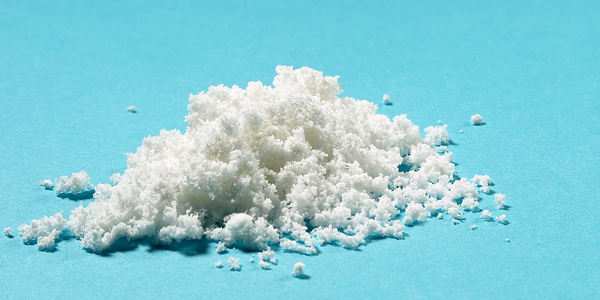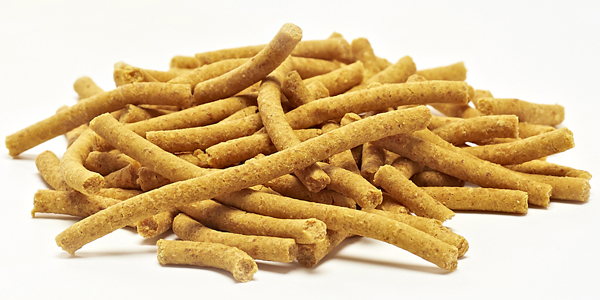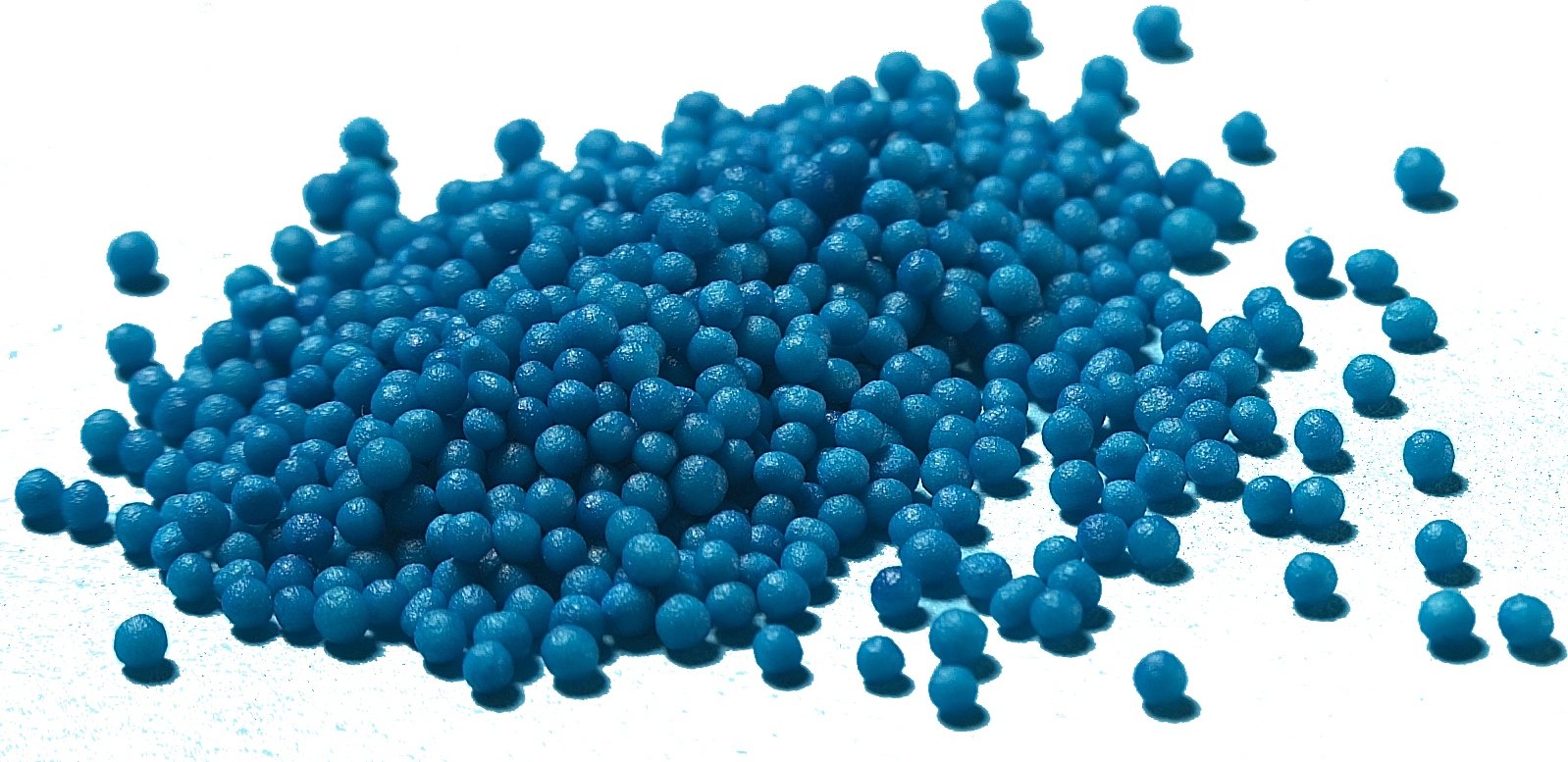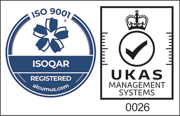Wet Granulation - Granules are formed by the addition of a granulation liquid onto a bed of powder under the influence of an impeller. This is typically carried out using a high-shear granulator or a simpler planetary mixer.

Extrusion - The wet granulation is extruded to form cylindrical extrudate (noodles or spaghetti) of a constant diameter (normally 0.5 – 3 mm). The wet mass is passed through a screen or die forming a soft, pliable extrudate which breaks by its own weight into shorter units. The size of the final pellets (spheres) is principally determined by the hole diameter of the screen (or die) used in the extrusion step. For example, in order to obtain spheres with a diameter of 1 mm, then a 1 mm screen is used on the extruder, although spheres with a distribution of 0.8-1.2 mm may often be obtained.

Spheronization – This is a batch process. Extrudates are loaded into the spheronizer and fall on the spinning plate. During contact of the cylindrical granules with the friction plate, the extrudate breaks into segments with a length ranging from 1 to 1.2 times their diameter. These segments then collide with the bowl wall and they are thrown back to the inside of the friction plate. Centrifugal force sends the material to the outside of the disc. The action of the material being moved causes the extrudate to be broken down into pieces of approximately equal length related to the diameter of the extrudate. These cylindrical segments are gradually rounded by the collisions with the bowl wall and the plate and each other. The on-going action of particles colliding with the wall and being thrown back to the inside of the plate creates a “twisting rope movement” of product along the bowl wall. The continuous collision of the particles with the wall and with the friction plate gradually converts the cylindrical segments into spheres, provided that the extrudate are plastic (pliable) enough to allow the deformation without being destroyed or sticking together. It is essential that this rope movement is present for an optimal spheronization. When the particles have reached the desired level of roundness, they are then discharged from the spheronizer.

Drying - Wet pellets are collected and dried (usually) in a vertical fluid bed dryer (FBD) or in some instances a tray with a flow of hot air covering the pellets.



Leave A Comment